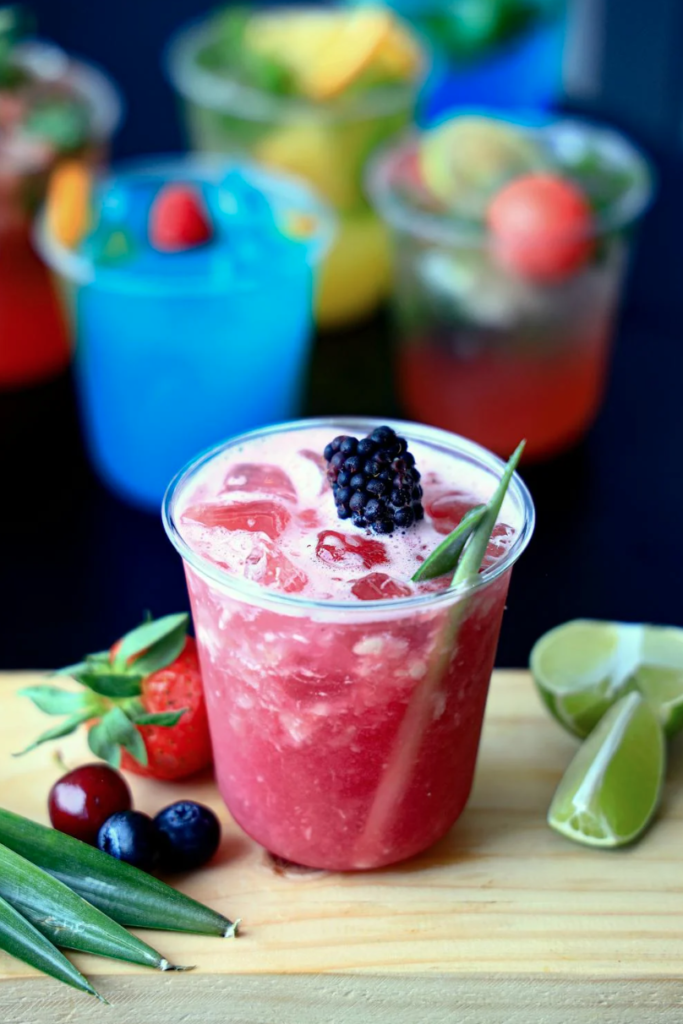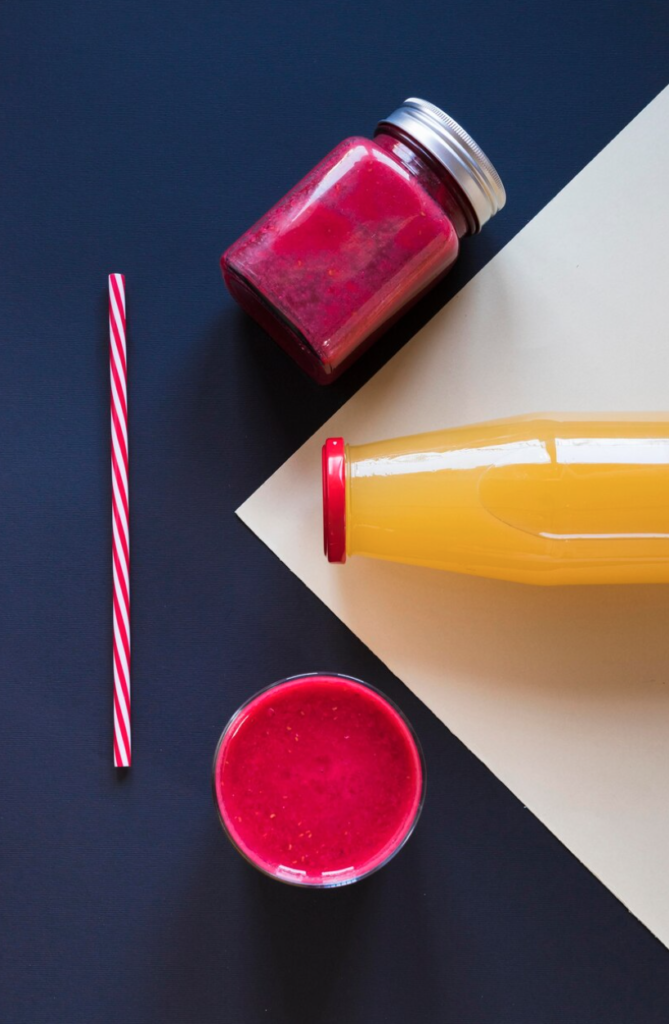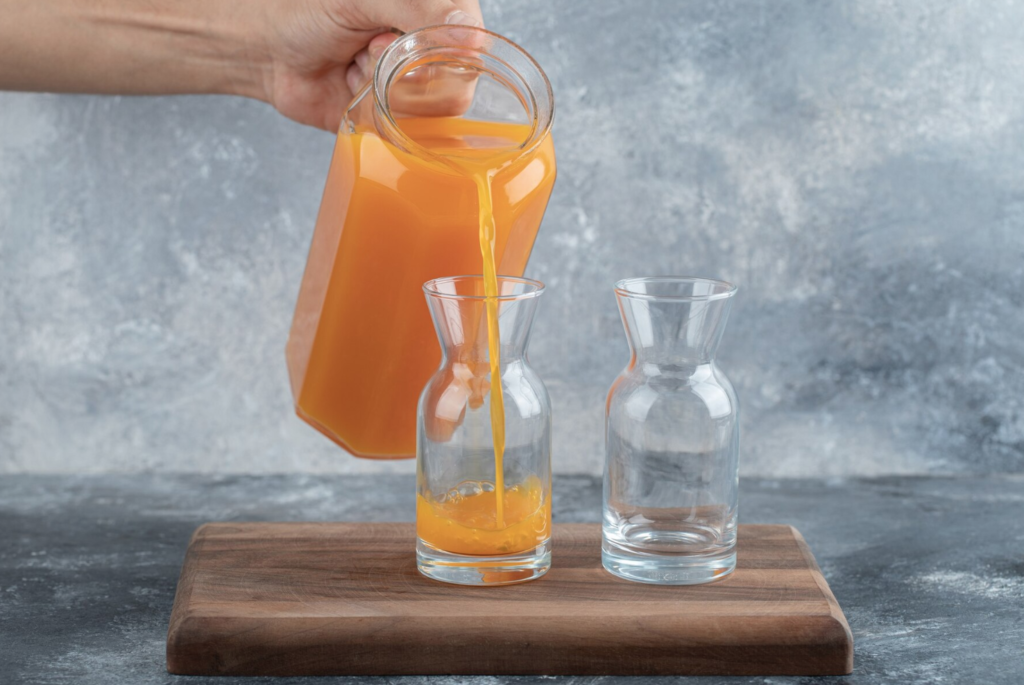TABLE OF CONTENTS:
- Introduction
- What is the 80/20 Rule for Juicing?
- Health Benefits of the 80/20 Juicing Rule
- Recent Recipes
- FAQs About the 80/20 Rule for Juicing
- Conclusion
What is the 80/20 Rule for Juicing?
Introduction
Juicing has become a popular way to improve health, increase nutrient intake, and add variety to a balanced diet. But with so many recipes and juice combinations, it’s easy to end up with juices that contain too much sugar, especially if you’re relying heavily on fruits. That’s where the 80/20 rule for juicing comes in. This rule is designed to help you create juices that are not only nutritious but also balanced, with a focus on vegetables over fruits.
In this article, we’ll explain what the 80/20 rule is, why it’s beneficial, and how to apply it to your juicing routine.
What is the 80/20 Rule for Juicing?
1. The Concept of the 80/20 Rule

The 80/20 rule for juicing encourages you to create juices with 80% vegetables or low-sugar fruits and only 20% high-sugar fruits or sweet vegetables. The goal is to reduce the sugar content of your juice while still enjoying its flavor and nutritional benefits. By using more vegetables and fewer sweet fruits, you lower the overall sugar intake, which helps prevent spikes in blood sugar levels.
This ratio ensures your juice has more fiber, vitamins, and minerals from vegetables while still tasting good thanks to the natural sweetness of fruits.
For example, you can think of the 80/20 rule as using four parts of vegetables to one part of fruit. This balance helps reduce the concentrated sugar found in fruit-heavy juices and creates a healthier beverage.
2. Why the 80/20 Rule Works

There are several reasons why the 80/20 rule is effective for health-conscious juicers:
- Prevents Blood Sugar Spikes: Fruits are naturally high in sugars, especially fruits like apples, grapes, and mangoes. While these fruits are healthy in moderation, consuming too much fruit juice at once can cause blood sugar levels to spike quickly. By limiting fruits to 20% of your juice, you avoid these sudden sugar rushes.
- Supports Weight Management: Juices made primarily of fruit can be calorie-dense due to their sugar content. Consuming too much fruit juice can lead to weight gain over time. Using more vegetables helps lower the calorie count while maintaining the nutrient density of your juice.
- Better Digestion: Vegetables contain more fiber than fruits, which helps promote healthy digestion. Although some fiber is lost during juicing, many vegetables still contribute to a smoother digestive process than fruit-heavy juices.
3. Examples of 80/20 Juice Combinations
The 80/20 rule allows for endless combinations of vegetables and fruits, ensuring that your juices are both healthy and flavorful. Here are a few examples of how you can apply this rule to your own juice recipes:
- Example 1:
- 1 cup of apple
- 4 cups of cucumber
This combination provides a mild sweetness from the apple while the cucumber keeps the juice hydrating and low in sugar.
- Example 2:
- 1 cup of pear
- 2 cups of celery
- 2 cups of spinach
Spinach and celery are nutrient-rich and balance the natural sweetness of the pear. This is a great option for green juice lovers.
- Example 3:
- 1 cup of grapes
- 2 cups of cucumber
- 1 cup of lemon
- 1 cup of fennel
This juice offers a refreshing blend of fruits and vegetables, with grapes providing the sweetness and fennel adding a unique flavor profile.
These combinations allow you to enjoy the benefits of fruit without overloading your juice with sugar. You can also mix and match various vegetables to create new flavors that adhere to the 80/20 rule.
Health Benefits of the 80/20 Juicing Rule

Balanced Nutrient Intake
By following the 80/20 rule, you’re ensuring that your juice contains a broad range of nutrients. Vegetables are rich in vitamins, minerals, and antioxidants, which help support overall health. They also tend to be lower in calories compared to fruits, making them an excellent base for any juice recipe.
Maintains Energy Levels
When your juice is high in fruit, you may experience a quick burst of energy due to the sugar content, followed by a crash. By focusing on vegetable-based juices, you avoid the dramatic fluctuations in blood sugar that can leave you feeling fatigued. Instead, your energy levels remain steady throughout the day.
Drinking the Rainbow
To maximize your intake of phytonutrients, it’s important to drink juices that come in a variety of colors. Each color represents different nutrients that are beneficial to your health. For instance, green juices often contain high levels of chlorophyll and iron, while red juices are rich in antioxidants like lycopene. Following the 80/20 rule allows you to explore a full spectrum of fruits and vegetables to enhance your nutrition.
Recent Recipes
FAQs About the 80/20 Rule for Juicing
1. What types of vegetables should I use in the 80/20 rule?
You can use a variety of low-sugar vegetables such as kale, spinach, cucumber, celery, and zucchini. These vegetables provide essential nutrients without adding too many calories or sugars to your juice.
2. How can I reduce the sweetness of my juice without making it taste bad?
Start by gradually reducing the amount of fruit you use in your juice recipes. You can also incorporate lemon or lime to add a tangy flavor that offsets the sweetness. Over time, your taste buds will adjust to less sweet juices.
3. Can I still follow the 80/20 rule with a higher percentage of fruit?
If you’re new to juicing, you might prefer a sweeter juice. You can start with a higher percentage of fruit (60/40, for example) and gradually increase the vegetable content as you get used to the taste. The goal is to slowly reduce your reliance on sugary fruits and prioritize vegetables.
Conclusion
The 80/20 rule for juicing is a simple yet effective way to ensure that your juices are nutritious, balanced, and beneficial for your health. By focusing on 80% vegetables and 20% fruit, you reduce the sugar content of your juice while still enjoying a delicious, nutrient-rich drink. This approach helps prevent blood sugar spikes, supports weight management, and provides a wide range of vitamins and minerals.

